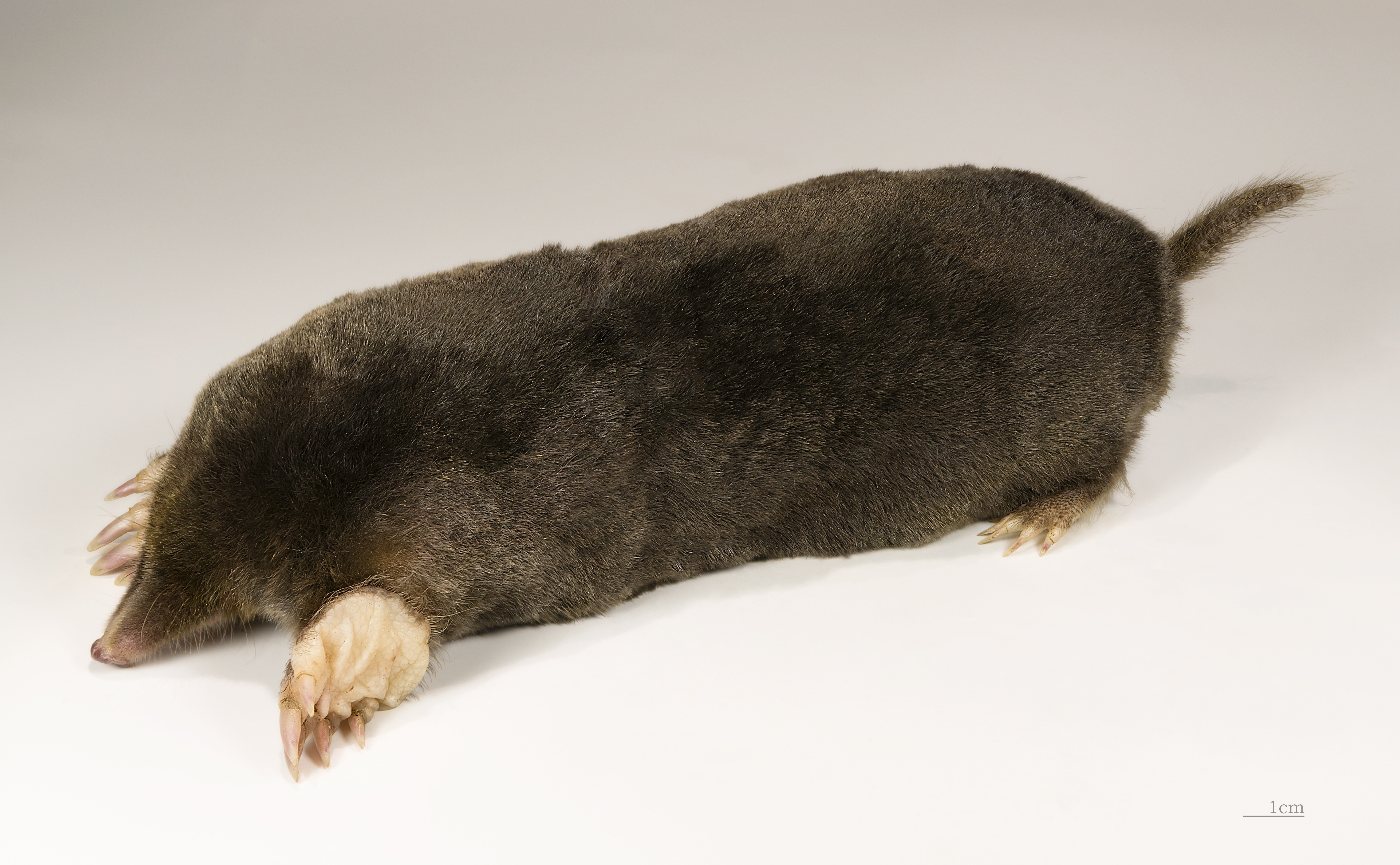|
Nyctitheriidae
Nyctitheriidae is a family of extinct eulipotyphlan insectivores known from the Paleocene and Eocene epochs of North America and Asia and persisting into the Oligocene of Europe. Several genera, including '' Nyctitherium'', '' Paradoxonycteris'', and '' Wyonycteris'', have initially been described as bats, although the family is more frequently placed in the order Eulipotyphla. Origins and discovery O.C. Marsh originally described ''Nyctitherium'', from the Eocene of Wyoming, as an early bat based on similarities of its teeth. Since 1872 more than two dozen other genera of nyctitheriids have been named, and several of these have also initially been considered bats. G.G. Simpson recognized that ''Nyctitherium'' did not represent a bat, and in 1928 named the family Nyctitheriidae for ''Nyctitherium'' and several other small insectivores. Many additional species of Nyctitheriidae from Asia, Europe, and North America have been recognized in the subsequent decades. Most species ar ... [...More Info...] [...Related Items...] OR: [Wikipedia] [Google] [Baidu] |
Wyonycteris
''Wyonycteris'' is a genus of small mammals that existed in the late Paleocene and early Eocene Epoch (geology), epochs. The type species is ''Wyonycteris chalix'', which lived in Wyoming during the Clarkforkian North American land mammal age, North American Land Mammal Age of the Paleocene and was originally proposed to be an early form of insectivorous bat. Later re-examination of the material has put this alliance in doubt, and the genus has instead been proposed as belonging to the subfamily Placentidentinae, within the family Nyctitheriidae. Similar fossil material of the same time period found in Europe was later discovered and described as new species, ''Wyonycteris richardi''. Secord (2008) described the first known species of ''Wyonycteris'' from the Tiffanian North American land mammal age, NALMA, ''Wyonycteris galensis'' and ''W. microtis'', although the status of both species as members of ''Wyonycteris'' has been questioned. The two largest species, ''W. primitivus'' ... [...More Info...] [...Related Items...] OR: [Wikipedia] [Google] [Baidu] |
Eulipotyphla
Eulipotyphla (, which means "truly fat and blind") is an order of mammals suggested by molecular methods of phylogenetic reconstruction, which includes the laurasiatherian members of the now-invalid polyphyletic order Lipotyphla, but not the afrotherian members (tenrecs, golden moles, and otter shrews, now in their own order Afrosoricida). Eulipotyphla comprises the hedgehogs and gymnures (family Erinaceidae, formerly also the order Erinaceomorpha), solenodons (family Solenodontidae), the desmans, moles, and shrew-like moles (family Talpidae) and true shrews (family Soricidae). True shrews, talpids and solenodons were formerly grouped in Soricomorpha; however, Soricomorpha has been found to be paraphyletic, since erinaceids are the sister group of shrews, and they are more closely linked to the Carnivora order; (such as cats, dogs, bears, skunks, badgers, etc.). It is the sister clade of Scrotifera; together, they make up Laurasiatheria. Classification * Order Eulipoty ... [...More Info...] [...Related Items...] OR: [Wikipedia] [Google] [Baidu] |
